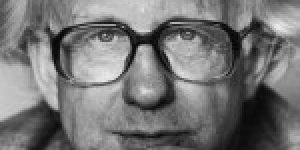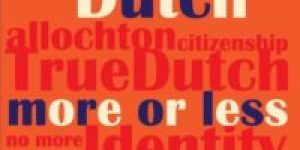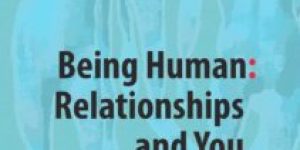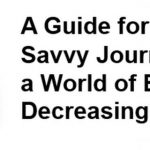In Memoriam Johan Galtung (1930-2024)
No Comments yet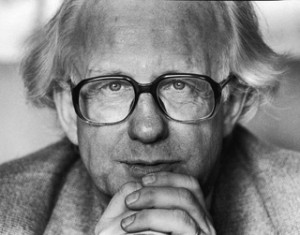
Johan Galtung
12-09-2024 ~ “A very important reason for forbidding nuclear weapons and other weapons of mass destruction is that they increase the threshold for what is acceptable.”
A conventional war is often defended by saying it did not go nuclear.
The international legal framework for warfare is already a victim of nuclear arms and can only regain its validity by forbidding that insult perpetrated on humanity. (Galtung 2017).
Professor Johan Vincent Galtung, who passed away on February 17, 2024, is generally know as the founder of the academic discipline or interdisciplinair field, of Peace Research. He started in 1964 the Institut for Fredsforskning (PRIO) in Oslo, Norway. But he himself was much more than an academic. During and after his academic career, he was appointed ten times Dr Honorios Causa and was holder of the Right Livelyhood Award (aka Alternative Nobel Peace Price) 1987.
Let me focus on a few of his many abilities, like his research, his contribution to social science and his practice in creative conflict solution. And memorizing him is for me not possible without paying attention to my personal relation with him.
For me, and for many social scientist, Galtung became an inspiration thanks to his book on Theory and Methods of Social Research (London: Allen & Unwin, 1967). In that book he introcuced the basic concept of the data matrix. In short, the units and variables to be explored are given by the research strategy. Data collection is viewed as an effort to fill the data matrix with values, one for each combination of unit and variable. By data processing the matrix is brought on a form suitable for analysis. Analysis itself is treated step by step from simple tabulation and computation of parameters through hypothetis-formation to theory-building. This serves as the basis for statistical inference and finally the generalisation of hypotheses. So this book presents on a systematic way the basis for multivariate analysis in social sciences!
But also Galtung’s own theory development, for example the Center/Periphery Theory, has been used and is still being used by many scientists, also in the area of Peace Research. One of the projects in which Galtung used this approach himself was an research project launched by him via funding by the (former) Council of Europe, carried out by means of a huge international survey using representative samples, a so-called ‘Twelve Nation Study’. This study, carried out in the 1960s and the early 1970s in both East- and West-European countries, dealt with ‘Images of the world in the Year 2000’. The research question was: how do people expect the world to look like in the year 2000 in terms of peace and conflicts?
I had the honor, being a new young inexperienced student and research fellow in Oslo at the time, to participate in this study, together with amongst others: Aake Hartmann (from Norge), Hakan Wiberg (from Sverige), and Knud Larsen (USA). And, how wonderful, Johan Galtung himself took in the year 2000 the initiative to find out who was right in prospecting how the world would look like in 2000! After secundary analysis of data collected by others, we found out that indeed, the periphery was mostly right in its expectations like: the cold war would be over, but international violence would increase. Of course this is only one out of hundreds of studies in the field of Peace Research that Galtung carried out, on his own or in collaboration with others, all over the world.
Later, already during, but much more intensively after, his academic carreer, Galtung started developing his ‘Transcend Mediation’ theory and method, and successfully practicing that method in different international conflicts. This mediation practice may be considered as a fruitful basis for conflict resolution on micro- meso- and macro- level, ending in Positive Peace. This ‘Positive Peace’ concept is of course more than just lack of violence; it is considered by him as the ultimate aim of peace building! That is also, nearly mathematically, presented in his so-called Peace Formula:
Peace = Equity × Harmony / Trauma × Conflict
That process of peace building also includes the process of reconciliation. Maybe not so well known are Galtung’s ideas on reconciliation.
Reconciliation is a process aimed at putting an end to conflict between two parties. It includes a closure of hostile acts, a process of healing and rehabilitation of both perpetrators and victims. Reconciliation processes often require the intervention of a third party. That party attempts to manage the relationship between perpetrators and victims (Galtung, 1998).
During the reconciliation process the victim can seek restitution for the harm from the perpetrator by having the perpetrator punished or give compensation.Another possibility is that the victim ‘gets even’ with the perpetrator through revenge. This may bring some gratification, but it may not automatically bring healing from trauma.
Based on his experience as a mediator in many conflict areas, Johan discusses in his article “Twelve creative ways to foster reconciliation after violence” different approaches to reconciliation. He concludes that no single approach is capable of handling the complexity of the situation after violent events, thus combining approaches makes more sense. The parties involved in the conflict should be invited to discuss these approaches and therefore be able to arrive at the best combination for their own situation. (Galtung, J. (1998) 3R: Reconstruccion, Resolucion, Reconciliacion. Gernika: Gogoratuz.
Besides his important work in the field of Peace Research Johan Galtung was for many young students and scholars an inspiration, a mentor, teacher, colleague and, for me personally, one of the promotores of my PhD dissertation on ‘Ideology and Mass Media’ (1986) at the University of Amsterdam, and also a very dear friend.
The following article ‘Twelve creative ways to foster reconciliation after violence’, based upon Galtung, 1998, was published by Intervention, 2005, Volume 3, Number 3, pp. 222 – 234.
You May Also Like
Comments
Leave a Reply


